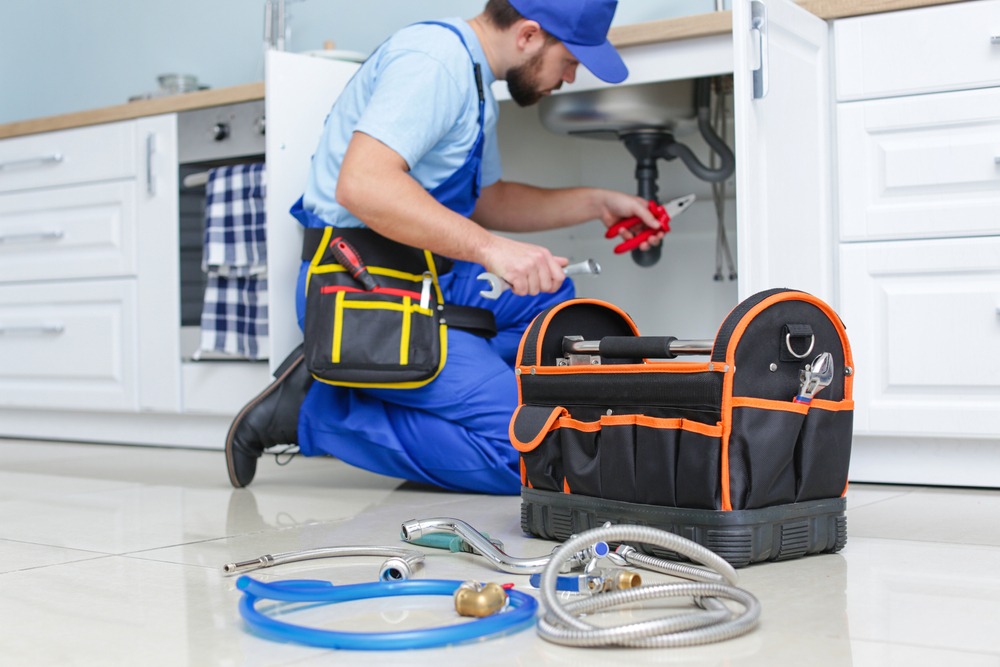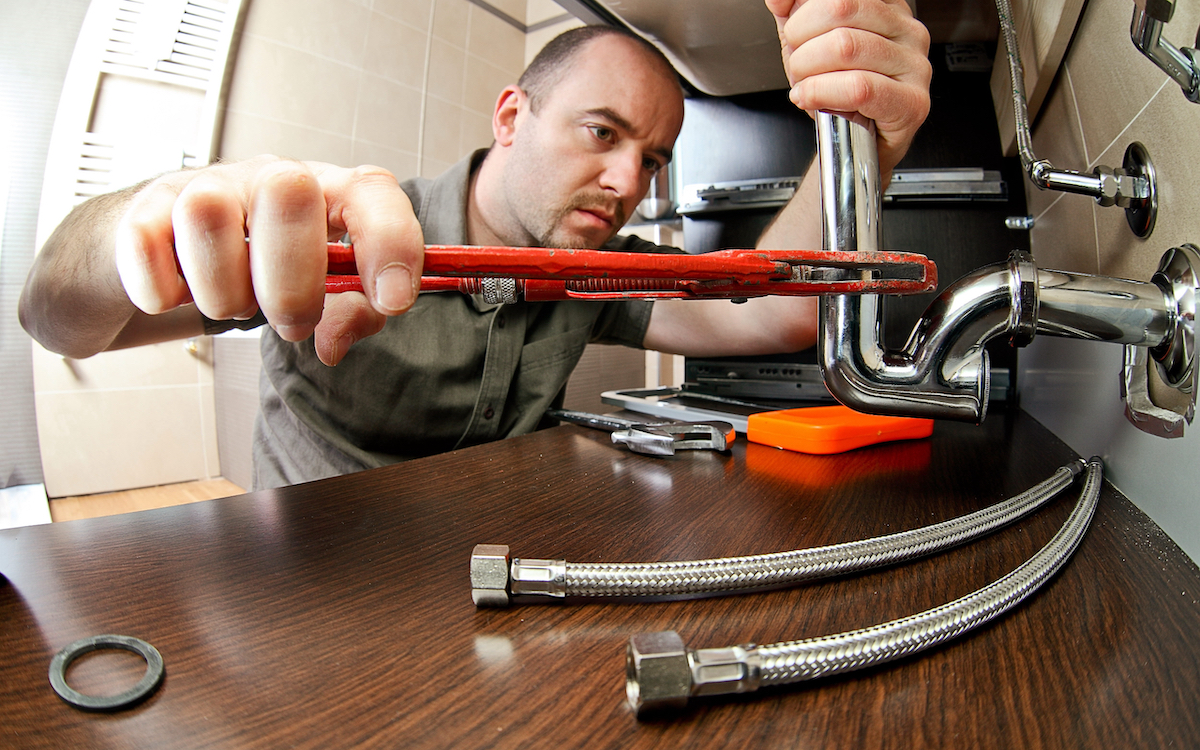Dependable Plumber Alabaster AL for All Your Emergency Needs
Dependable Plumber Alabaster AL for All Your Emergency Needs
Blog Article
A Detailed Overview to Reliable Hot Water Heater Installment for Optimum Efficiency
Embarking on the task of installing a water heating unit is a venture that demands precision and an organized technique for accomplishing optimal performance. As you proceed, the details of linking water supply lines and setting up reputable electric or gas connections await, encouraging understandings into making certain effectiveness and integrity.
Picking the Right Hot Water Heater

Following, take into consideration the dimension and capacity of the hot water heater. It's vital to evaluate your house's warm water demands, which can vary based on the number of occupants and their usage patterns. A device that's as well small might bring about not enough warm water, while an oversized model could lead to unnecessary power intake.
Effectiveness ratings likewise play a critical duty in selection. Seek water heating units with high Power Factor (EF) scores, indicating superior performance and decreased power usage. Tankless models, though typically a lot more costly ahead of time, deal considerable energy cost savings over time due to their on-demand home heating abilities.
Preparing the Installment Location
Prior to mounting a new hot water heater, careful preparation of the setup location is necessary. This makes certain a smooth installation process and helps protect against future problems (Plumbing Alabaster AL). Begin by selecting a proper location that adheres to regional building codes and security standards. The location should be dry, well-ventilated, and easily accessible for maintenance. It's vital to measure the room meticulously to fit the water heating system's dimensions, making sure adequate clearance around the device for effective operation and servicing.
Inspect the flooring for stability, as the water heating system will require a solid, level surface to operate efficiently. If necessary, set up a drip frying pan underneath the system to catch prospective leaks or spills, protecting against water damage to the surrounding location.
In addition, ensure that all necessary tools and products are on hand before commencing the setup. This consists of things such as wrenches, screwdrivers, a degree, and any extra hardware required for safeguarding the heating unit and mounting. A well-prepared setup area sets the foundation for a successful hot water heater setup, optimizing performance and safety and security.
Connecting Supply Of Water Lines
When linking water lines to your freshly mounted water heating unit, it is vital to make certain that all connections are leak-free and secure to preserve reliable operation and stop water damages. Begin by recognizing the hot and cold water system lines. The chilly water inlet is commonly marked with a blue label or a "C", while the warm water electrical outlet is noted with a red label or an "H".
Use versatile water heating unit ports to assist in a simpler installment procedure. These adapters can absorb resonance and permit mild activity, decreasing view website the danger of leaks. Prior to affixing the connectors, position a plumber's tape around the threaded ends of the water heating unit's inlet and electrical outlet pipes - Plumbing Services Alabaster AL. This tape serves as a sealer, preventing leaks. Meticulously attach the adaptable hoses to the respective inlet and electrical outlet, making sure that they are not over-tightened but tight, which can damage the threads.
When links are in area, gradually transform on the main water system shutoff. Evaluate each link for leaks by aesthetically feeling and checking for moisture. Tighten up connections as needed, and ensure the stress alleviation shutoff is correctly set up, guarding against too much pressure build-up.
Establishing Electric or Gas Connections
Properly establishing the electric or gas links for your hot water heater is a crucial step to make certain efficient and secure procedure. For electrical water heaters, start by validating that the electric circuit works with the heating system's voltage and amperage demands. Ensure the power supply is switched off at the circuit breaker to avoid crashes. Attach the electric wires to the heater adhering to the supplier's circuitry diagram. Typically, this includes attaching the ground cable to the green terminal, and the remaining wires to their matching terminals, protecting each with wire nuts.
For gas hot water heater, safety is paramount. Validate that the gas supply is off before continuing. Link the gas line to the hot water heater using an adaptable gas adapter, ensuring it is effectively threaded and sealed with pipeline joint substance or Teflon tape suitable for gas connections. Tighten the connections with a wrench, taking care not to over-tighten (Drain Cleaning Alabaster AL).
Once links are made, inspect for any kind of possible leakages. For gas lines, use a soapy water option to the joints; bubbles see this here show a leakage. For electrical connections, confirm that all circuitry is safe and secure and effectively shielded, preserving conformity with regional electrical codes.
Evaluating and Changing for Efficiency
With the electric and gas links firmly in position, the next action is assessing the functional efficiency of your water heater. Begin by thoroughly transforming on the water system and you can look here making certain there are no leakages at any one of the shutoffs or joints. As soon as confirmed, proceed to fill up the storage tank, taking notice of the pressure and temperature settings. It is a good idea to set the thermostat to a suggested temperature level of around 120 ° F(49 ° C) to stabilize power performance and comfort.
Next, perform a detailed evaluation to make certain the heating elements or burner are working appropriately. For electrical heating units, utilize a multimeter to validate if the components are drawing the appropriate existing. In gas designs, observe the burner flame; it ought to be stable and blue, suggesting reliable combustion.
Readjust the setups as required to get rid of ineffectiveness. Think about executing insulation procedures, such as including a water heating unit covering, to additionally enhance efficiency by decreasing warmth loss. In addition, inspect the anode rod's condition, as a shabby rod can reduce performance and cause storage tank rust.
Final Thought
Reliable hot water heater setup is crucial for ensuring optimum efficiency and energy financial savings. By choosing the appropriate type and size, and thoroughly preparing the installation area, a structure for success is established. Safely attaching water supply lines and very carefully establishing electrical or gas links minimize possible issues. Detailed testing for leakages and specific thermostat adjustments to 120 ° F enhance dependability and effectiveness. Sticking to these steps promotes lasting performance and energy conservation in residential water heater.

Appropriately establishing up the electrical or gas connections for your water heater is a crucial action to guarantee reliable and safe operation. For electric water heating systems, start by validating that the electrical circuit is compatible with the heater's voltage and amperage requirements. Link the gas line to the water heater utilizing a flexible gas connector, ensuring it is correctly threaded and secured with pipeline joint compound or Teflon tape ideal for gas connections.
Report this page